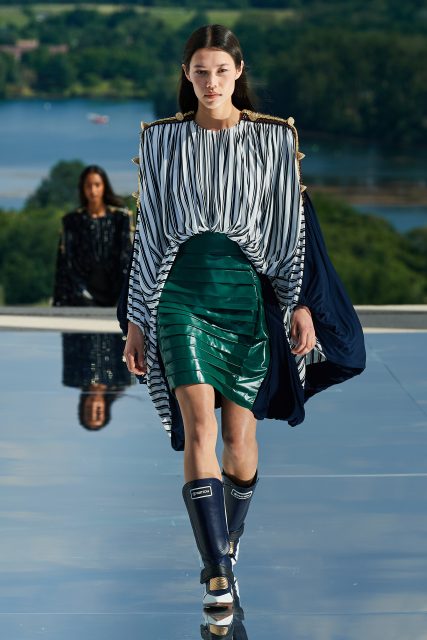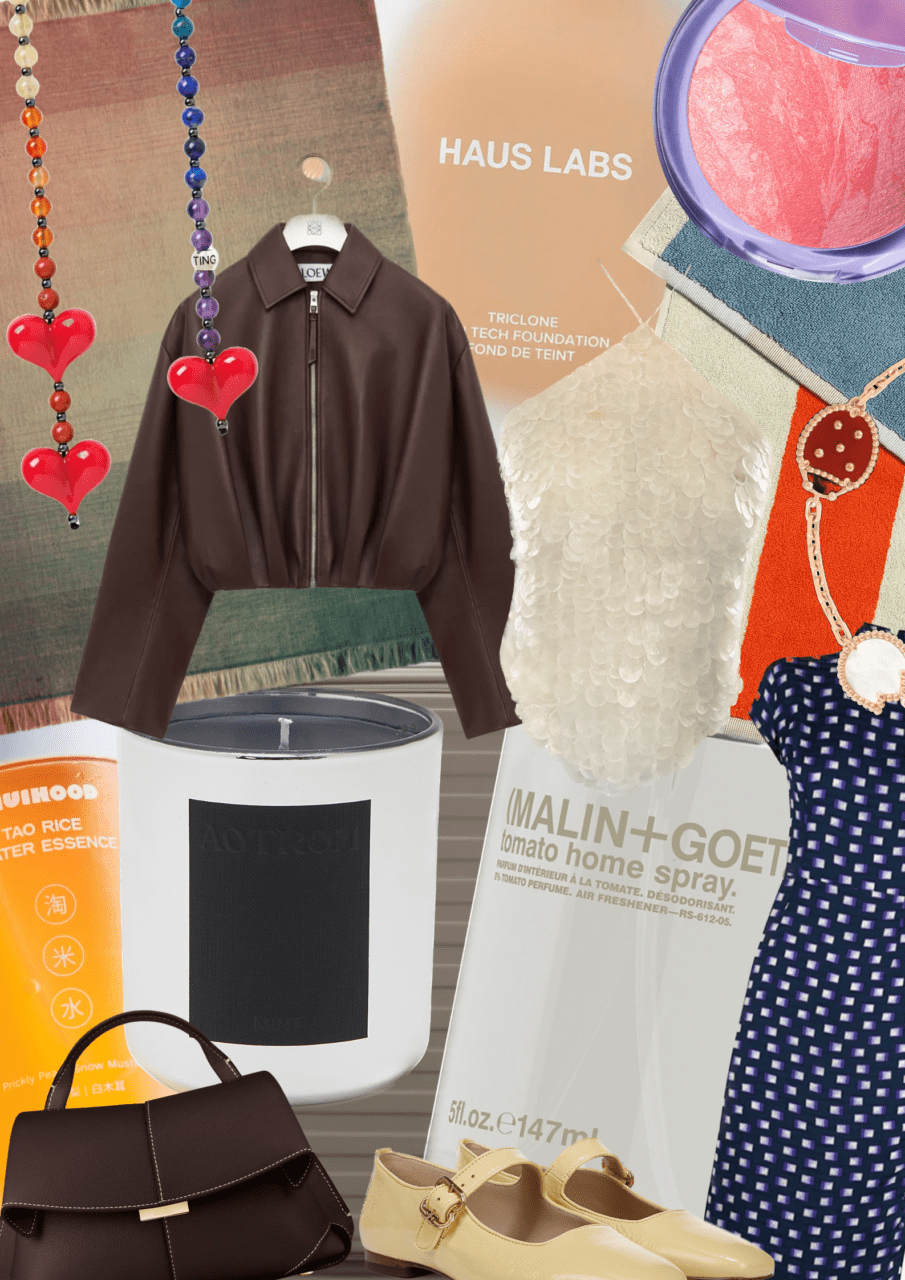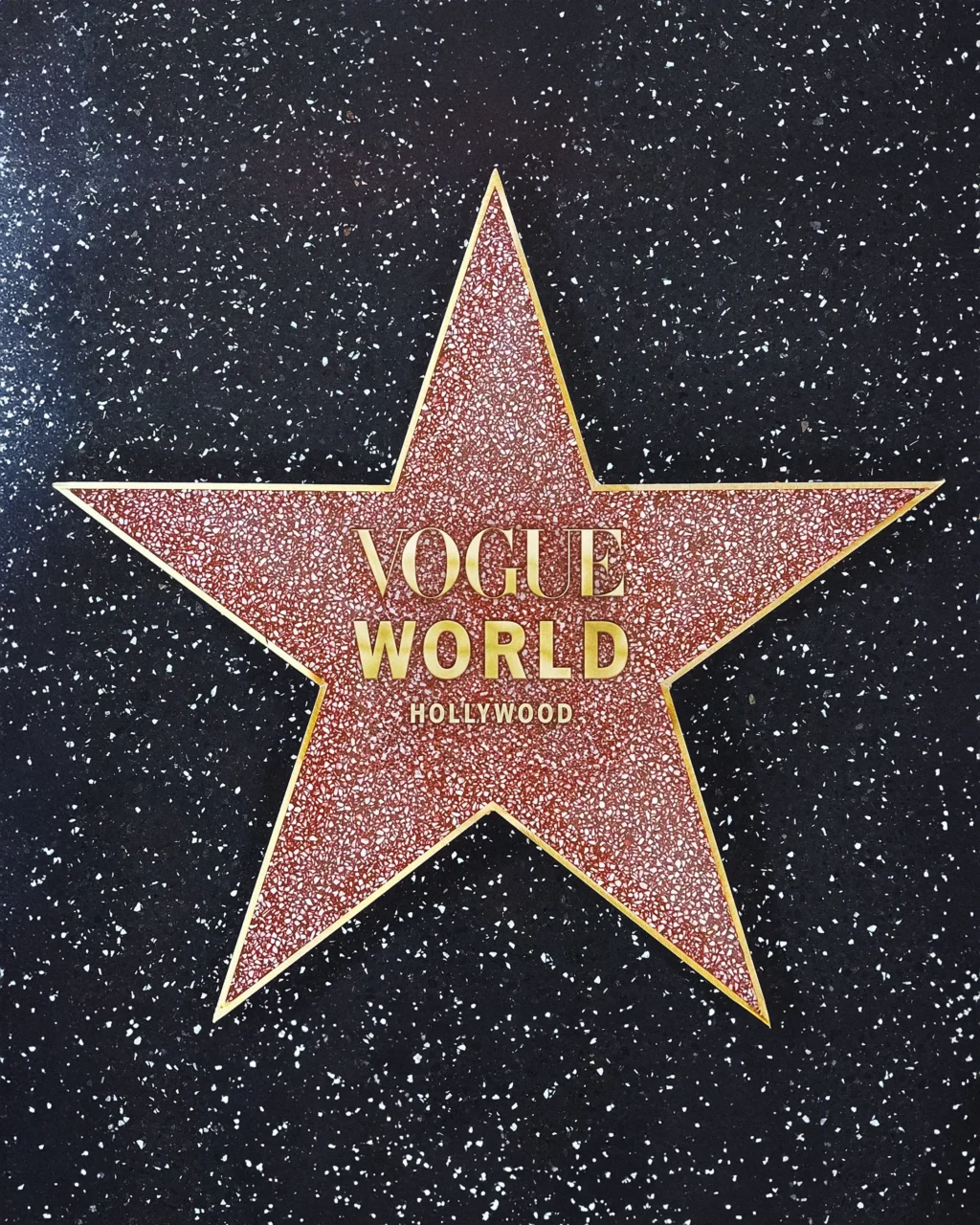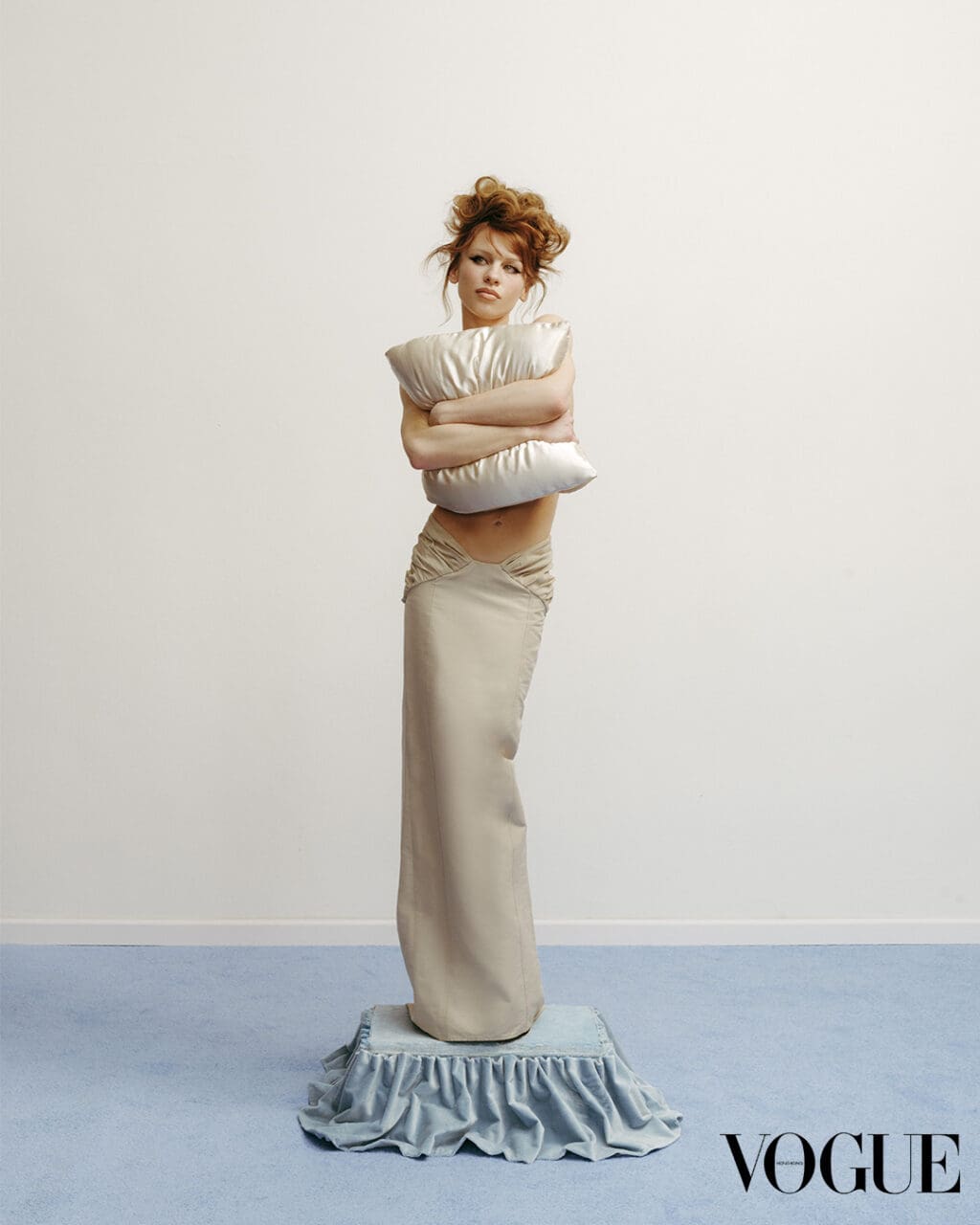Once upon a time, when runway shows were de rigueur, Jonathan Anderson would conceive his collections with that grand reveal in mind: how his garments might play out on the physical stage; how a look would appear as a single entity. But, of course, times have changed. Over the course of the pandemic, Anderson has explored a wealth of alternate ways to unveil his designs – and, this season, the images he created with Juergen Teller in a South London home, appeared through our letterboxes slotted into the exact same cardboard picture frames that once housed the school portrait photographs your parents might order for their mantelpiece (the exact same: an array of sizes, dodgy gilded borders, perforated backing and all).
“I was thinking of the clothing as the physical object inside the picture frame you would get as a child,” explains Anderson. “And these [lookbook] pictures are the sort of pictures that you would see in the domestic landscape [that the lookbook is shot in]. It becomes like an infinity mirror.” This manner of working – of considering the collection’s presentation and assorted ephemera from the outset, and letting the two sides inform one another – has become an integral part of Anderson’s process. “And I kind of love the things I have made,” he says. “I think they’re amazing objects because they’ve been a collaboration, with Juergen, or Ben [Bruno], or the various photographers. I think these are great objects and I think they’re objects that will stand the test of time. You know, they will date and then they will come back into fashion again.”
That sentiment, of things falling out and then back into fashion, and of nostalgia for the domestic, very much informed this collection itself – which riffed off the youthful dress codes Anderson grew up surrounded by, spotlighting the curious allure of their bizarre banality. While many of us are entirely sick of our homes after being sequestered within them for so long, Anderson developed a desire to showcase the liberated experimentation that a teenager might develop in their bedroom – “part of me wants to be Georgie, dressed in the pink shorts, looking in the mirror and singing ’90s pop music into a hairbrush,” he grins. The collection took us back to his childhood – to the interior set-ups of his Northern Irish upbringing, and the youthful characters that inhabited them. “I think this time has forced me to be more personal… not to hide behind a concept.” On the striped, one-shoulder dresses, he reflects that “I know those girls; I grew up with those girls”; on the short-shorts: “I’ve known the guy in the running shorts through different periods of my life… when I was at university, you went out in a gym short, maybe with a kind of conceptual shoe. These are characters that I know – and by putting them into Juergen’s world, that becomes the conceptualisation rather than the clothing itself.”
The eclecticism and self-expression of coming-of-age British style, seen through the prism of Noughties normality, was profoundly present: day-glo knits and dodgy tracksuits were in abundance, the wardrobe once familiar to Anderson reprised for today. “I used to wear stuff from TK Maxx – like a cycling short with an oversized T-shirt with Tweety Bird on it,” laughed Anderson of his own teenage aesthetic. “Sometimes a pair of discount John Paul Gaultier jeans that nobody else in Northern Ireland was going to buy.” Throughout this menswear season thus far – and the pandemic more broadly – there’s been a proud weirdness that has emerged: from Prada to Diesel, a sense of subversion and energetic experimentation has appeared key. It’s a spirit that echoes when you’re figuring out who you are through your wardrobe, no matter where in this country you’re from. “For me, the collection is about British kids, no matter where you’re from, no matter what race you are – a scouser, a girl at Columbia Road Flower Market. It’s a melting pot here, and Britain has amazing style because of the weirdness of it.”
The forming of nascent identity comes part and parcel with exploring one’s sexuality – a sentiment Anderson has never shied away from in his work, and which felt particularly pronounced this season as he explored “the age of sexual fantasy”. It’s a feeling echoed on the current world stage – Instagram, Anderson observed, is currently flooded by people getting their kit off: “I feel like people are getting sexier by the hour!” There’s an awkwardness to our collective re-awakening after all this time spent being remote, which somehow parallels that period in our lives. “It’s a process of learning how to communicate again,” he says. Anyone who’s tried to re-emerge into the outside world will be familiar with that sentiment – and he’s right, it feels juvenile in its discomfort. There’s something sweet about leaning into that, rather than shying away.
In one of the images, there’s a pair of sunglasses which hint at a collaboration being released next month: a partnership with Persol which translates Anderson’s aesthetic into meticulously-made frames. Comprising two styles – a recycled acetate aviator, and a brilliantly bizarre baby blue and orange archive revival “which feels very Pet Shop Boys” – he’s got his sights set firmly on next summer. By then, I pray we’ll have somewhere other than our bedrooms to wear them.
Editor
Olivia Singer










